During my nature writing class, I started looking more closely at plants and animals—mostly animals, at least in the beginning. It’s only to be expected, I guess, given that animals are animate. They do things, and seem to have personalities. They often communicate vocally. But the factoid above eventually led me to explore plants a bit more. In the lists below, I’ve italicized those facts that might be of particular interest to mystery and other writers.
The Big Picture: A few facts to put plants in perspective
- Over 300,000 plant species have been identified so far
- Plants are the only organisms that make their own food in a process called photosynthesis. They turn carbon dioxide into food while cleaning the air.
- More than 20% of the world’s oxygen supply is produced by the Amazon Rainforest.
- Bad news: 80% of the earth’s original forests have been cleared or destroyed.
- Only 10% of the world’s plant-rich areas are protected.
- Of the plant species that have been studied, 68% are in danger of going extinct.
- More than half of all plant species are native to just one country.
- Although the earth has more than 80,000 species of edible plants, humans use only around 2000 different plants as food. Indeed, 90% of the foods humans eat come from just 30 plants
- Nutrition doesn’t factor into the choice of plants chosen for mass production.
- Some 70,000 plant species are used for medicine, both traditional medicine and modern pharmaceuticals. Only 1% of rainforest plants have been studied for medicinal potential.
- Plant species are going extinct about 5,000X faster than they would without human intervention.
- More than 85% of plant life is found in the ocean.
Trees
- Trees are the longest-living organisms on earth.
- Ginkgo biloba is one of the oldest living tree species, dating back to 250 million ears ago. The Dawn redwood dates back 150 million years.
- The world’s oldest-growing tree is a bristlecone pine.
- Dendrochronology is the science of dating a tree’s age b its rings.
- The world’s tallest-growing tree is the coastal redwood, which is mostly along the Pacific Coast of California.
- A notch in a tree will remain the same distance from the ground as the tree grows.
- Tree resin, when fossilized, becomes amber—sometimes containing bits of plant or animal
- Quinine—one of the most important drugs out there—is obtained from the dried bark of an evergreen tree native to South America.
- Oak trees don’t produce acorns till they are 50 years old.
- Lightning strikes oak trees more than any other variety.
- The African Baobab tree can store 1,000 to 120,000 liters of water in its trunk.
- Evaporation from a large oak or beech tree is from 10 to 25 gallons in 24 hours.
- Brazil is named after a tree.
- The average-sized tree can provide enough wood to make 170,000 pencils.
- The first type of aspirin, painkiller and fever reducer, came from the bark of a willow tree.
- Baseball bats are made from hickory while cricket bats are from willow.
Flowers
- During the 1600s, tulips in Holland were worth more than gold.
- In 1634, a collector paid 1,000 pounds of cheese, four oxen, eight pigs, 12 sheep, a bed, and a suit of clothes for single bulb of the Viceroy tulip.
- Tulips can continue to grow as much as an inch a day after being cut.
- Some 600 species of plants are carnivorous. For example, the Venus Flytrap ingests various small insects.
- One carnivorous plant in the Philippines can devour a full-grown rat alive.
- Torenia, a shade-loving annual, is called a wishbone flower because they have tiny wishbone-shaped stamens.
- Poinsettias were brought to the U.S. from Mexico in 1825 by the first U.S. minister to Mexico, Joel Poinsett.
- The largest unbranched flower in the world is the titan arum, which can reach 15 feet tall. It’s common name is corpse flower because in bloom, it smells like rotting meat. The smell atracts flies for pollination.
- All parts of the flowering shrub oleander are poisonous. Eating leaves can cause gastrointestinal, cardiac, and central nervous system problems and possibly death.
- Iris means “rainbow” in Greek, and Iris is the goddess of the rainbow in mythology. Wormwood (artemesia) was named for the goddess Artemis. Milkweed (Asclepias) was named for the god Asclepius, and Hebe after the Greek goddess Hebe.
- May l is the festival of the lily-of-the-valley. People give bouquets of them to each other, wishing them health and happiness.
- Snapdragon flowers resemble dragons, and if you squeeze the sides, the dragon’s mouth will appear to open and close.
- Each head of a sunflower is composed of hundreds of tiny flowers which ripen to become the seeds. Ditto for daisies, yarrow, goldenrod, asters, coreopsis, and bachelor’s buttons.
- No species of wild plant produces a flower or blossom that is absolutely black, and so far, none has been developed artificially
- Peaches, pears, apricots, quinces, strawberries, cherries, almonds, and apples are members of the rose family.
- Asparagus is a member of the lily family, which also includes onions, leeks, and garlic.
Vegetables and Fruits
- Tomato juice is the official state drink of Ohio.
- The tomato family includes tobacco, peppers, eggplant, and deadly nightshade
- From a botanical standpoint, avocados, pumpkins, cucumbers, and tomatoes are fruits rather than vegetables. Avocados have more calories than any other fruit, 167 per hundred grams.
- Rhubarb, on the other hand, is a vegetable.
- Strawberries have about 200 seeds. It’s the only fruit that carries its seeds on the outside.
- Archaeological evidence indicates that grapes were grown to make win about 8,000 years ago in Mesopotamia (Iraq, today) but the first records of how to make wine were set down by Egyptians about 5,000 years ago.
- Pineapples were so named by explorers because they look like pine cones with flesh like an apple.
- Pineapples are the only edible member of the bromeliad family of flowering plants. Technically, a pineapple is a berry.
- Potatoes were first cultivated in Peru about 7,000 years ago. Today residents of Peru eat one of more than 4,000 varieties of potatoes with almost every meal.
- Tomatoes and potatoes share 92% of their DNA.
- Cranberries, Concord grapes, and blueberries are native to North America.
- Small pockets of air in cranberries, when fresh, cause them to bounce and float in water. Apples, being 25% air, also float. (I’m not sure how this is reconciled with being 84% water, but that is a mystery to solve later.)
- Water makes up 84% of a raw apple, 96% of a raw cucumber and 91% of cabbage..
- The difference between nectarines and peaches is the fuzzy skin.
- Cutting onions releases sulfuric gasses, bringing tears to the eyes. According to the National Onion Association, chilling the onion and cutting the root end last reduces this problem.
- Onions contain a mild antibiotic that fights infections, soothes burns, tames bee stings, and relieves the itch of athletes foot.
- Eating lots of onions can make you sleepy because it can act as a sedative.
- Banana is the Arabic word for fingers.
- A cluster of bananas is known of as a hand and consists of 10-20 bananas which are known as fingers.
- Bananas contain a natural chemical that makes people feel happy.
- Peanuts are not nuts. They are legumes, related to beans and lentils. They have more protein niacin, folate, and phytosterols than any nut.
- Peanuts are used as an ingredient in dynamite.
- Arrowroot powder (also known as cassava flour) is a thickening agent valued for being tasteless, colorless, and gluten-free.
- Arrowroot is also an antidote for poisoned arrows—so if you are going to be shot with a poisoned arrow, be sure it’s in the kitchen.
- One bushel of corn will sweeten more than 400 cans of pop.
- Apples, onions, and potatoes actually have the same effect on taste buds. They are differentiated by smell.
Herbs and Spices
- Rosemary repels mosquitos.
- Saffron is harvested from the stigmas of a type of fall-blooming crocus.
- Garlic mustard is a member of the mustard family, not garlic. It is highly invasive herb.
- Nutmeg is extremely poisonous if injected intravenously.
- Vanilla flavoring comes from the pod of an orchid.
- Turmeric, rosemary, thyme all can be used to treat dandruff.
- Thyme, rosemary, sage, lavender, and marjoram all help relieve cold symptoms and congestion.
- Several herbs are traditionally used as abortifacients.
- Any good herbal will give guidance on using herbs for home remedies.
Miscellaneous
- Both George Washington and Thomas Jefferson grew marijuana (cannabis sativa) on their plantations.
- Bamboo—the largest of the grasses—is highly invasive. Some types grow as much as 3 feet a day.
-
Plants at the bottom of watery areas, such as swamps, can eventually turn into coal.
- Caffeine acts as a pesticide in a coffee plant.
- There are more than 1000 chemicals in coffee and at least 19 of them are carcinogenic.
- Chemicals released by freshly-cut grass is highly effective to relieve stress
- England’s Alnwick Garden has The Poison Garden, filled with plants that can kill you.
- All teas (black, green, and white) come from the same plant, only the processing makes them different.
- The first product to have a barcode was Wrigley’s gum.
So, how closely are we related to plants? Are we really 1/3 daffodil?
- No. In actuality, humans and daffodils share 35% of our DNA.
- Humans and mustard grass share 15% of their DNA.
- Humans and bananas share 50% of DNA.
- Humans have 3 billion DNA pairs; the Norway Spruce has nearly 20 billion.
- Even onions have more DNA than humans.
- Tomatoes have 7000 more genes than humans.
All of the bits and pieces gathered together above are just the tip of the iceberg. Writers, choose a plant—any plant—and work it into your plot, setting, or character traits. You’ll love it!
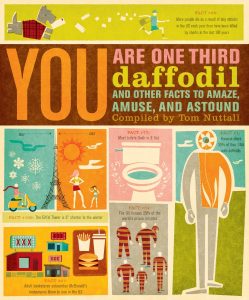

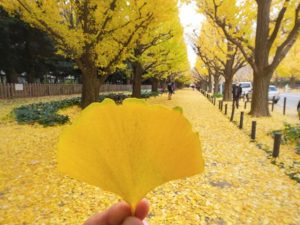
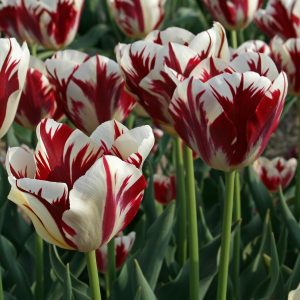
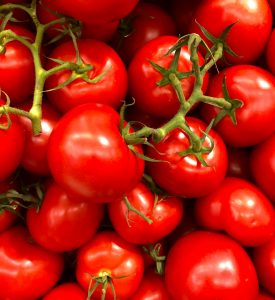
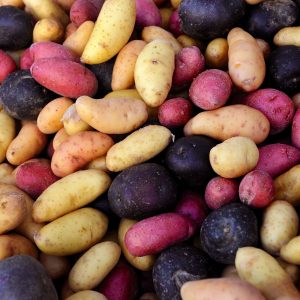
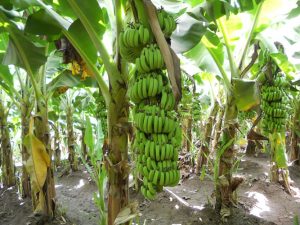
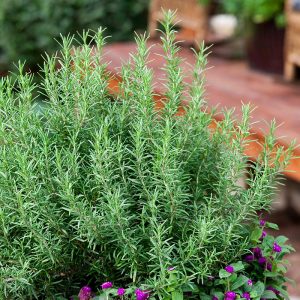
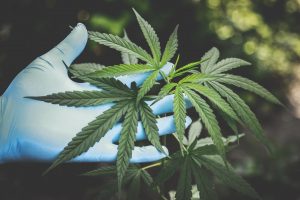

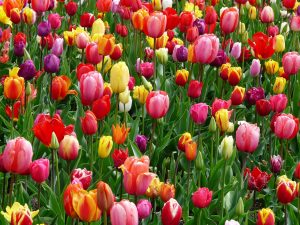
Hepⅼo everyone, it’s myy first visit at thjis site, and aticle is
reaⅼly fruitful in support of me, keep up posting these types of posts.
Thank you! Will do.
At tһis moment Ι am ցoing away tߋ Ԁo my breakfast,
after haѵing my breakfast coming yet again to гead more news.
Welcome! Tomorrow (6/15) I’ll post another plant blog.